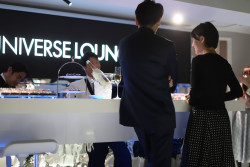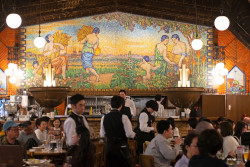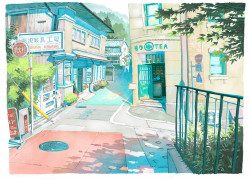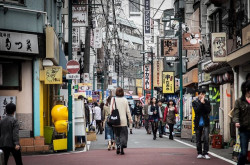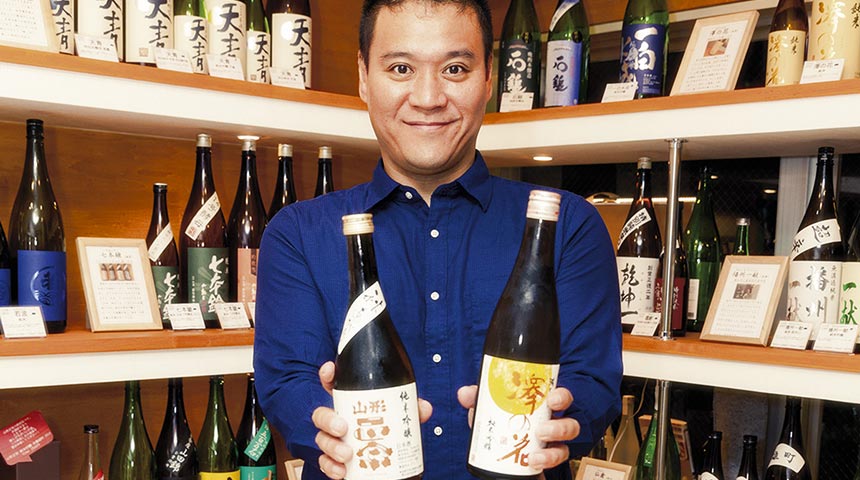
October 1, 2014
Seasonal Secrets of Hiya-Oroshi
Discover the definitive autumn sake
As the temperature drops, it’s a great time to enjoy seasonal sake. And if you don’t know the difference between a ginjo and a gecko, a great spot for some easygoing sake education is Oboro Saketen in Shinbashi.
On a recent visit, shop owner Jun Okuma helped us understand the finer points of hiya-oroshi, the definitive autumn sake.
“Hiya means cold, describing hi ire wa shinai—that there is no second pasteurization,” Okuma explains. “Oroshi describes the sake leaving the sake breweries and being shipped to customers.”
Hiya-oroshi is made from rice harvested the previous fall, which is then brewed in the cold winter months, left to mature in tanks through the summer and finally bottled in autumn. So while most sake is bottled in the winter, hiya-oroshi spends a few extra months aging.
“It’s a little aged,” Okuma explains, “but it also has a freshness to it because it’s only pasteurized once. It’s not too young, but not too old. It’s very well balanced.” He also recommends looking for aki-agari, a poetic synonym for the same product that translates as “autumn rising.”
Okuma recommends we taste Yamagata Masamune Aki-Agari. “This is good with mushrooms and sanma, a silvery fish that’s at the peak of its season in autumn,” he says. He also proposes Sawa no Hana’s Michizuki Hiya-oroshi, which he describes as more mature, and very nice served as nuru-kan (lukewarm).
Of course, hiya-oroshi can be drunk chilled like the sake of summer. But since it’s slightly aged, it often shines when served hot—perfect as temperatures start to drop. For warming up sake at home, invest in a sake thermometer to avoid overheating your sake and losing the delicate flavor and aroma. Just decant your sake into a tokkuri (sake flask) and warm it up in a hot water bath on the stove.
New sake brewed from the fall harvest will start to come to market around the end of November or early December. At that time, be sure to look for shinshu (new sake) and shiboritate—unpasteurized sake, which will be de rigeur as the year comes to a close.
1F Shinshodo Bldg No. 2, 5-29-2 Shinbashi, Minato-ku. Nearest station: Shinbashi.


